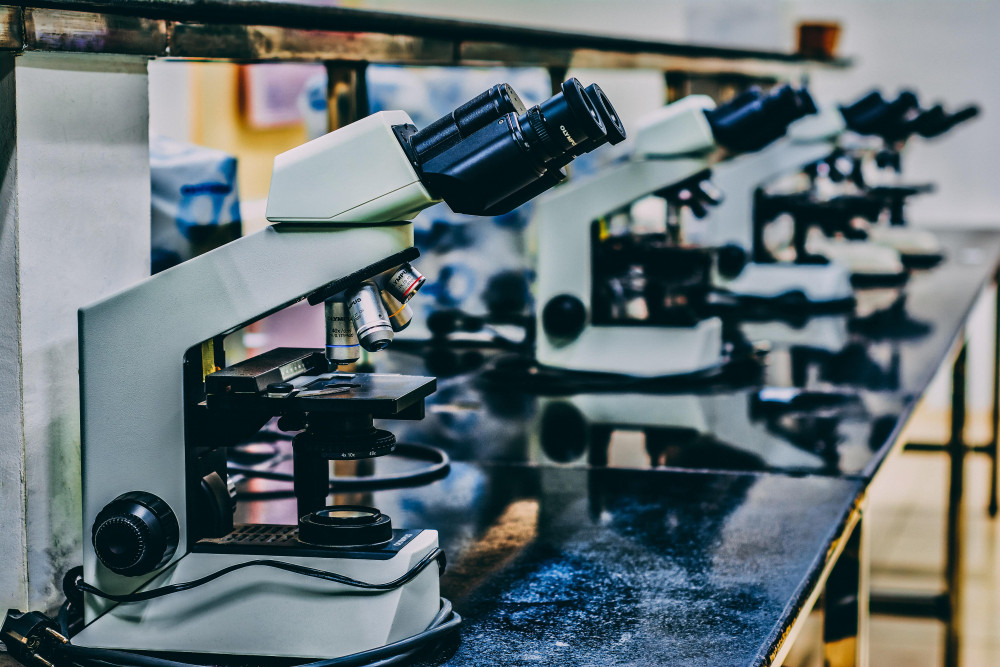Existing Client? Login
Article
2019 Novel Coronavirus

2019 Novel Coronavirus
The 2019 Novel Coronavirus, or 2019-nCoV, is part of a large family of viruses that cause illness among people as well as among animals. Both SARS & MERS are examples of coronaviruses that have emerged from civet cats and camels (respectively) to infect people.1 While the source of the 2019-nCoV is still unknown, it was first detected in Wuhan City, Hubei Province, China and has been confirmed to spread person-to-person.
The Centers for Disease Control and Prevention’s (CDC) Risk Assessment is currently that “the risk to individuals is dependent on exposure...for the general American public, who are unlikely to be exposed to this virus, the immediate health risk from 2019-nCoV is considered low.”2
Locations in the U.S. with Confirmed Cases as of 2/3/2020
- Arizona
- California
- Illinois
- Massachusetts
- Washington
According to the CDC, as of February 3rd, 2020 (from January 21st, 2020), there have been 260 People Under Investigation (PUI); out of the 260 PUI 11 have been confirmed positive, 167 negative, and 82 are pending (i.e.: either specimens have been received by the CDC and are awaiting testing, or specimens are in route to the CDC). Currently 36 states have PUI.3
Spread of 2019-nCoV
There is currently no vaccine to prevent 2019-nCoV infection. According to the CDC, “spread from person-to-person happens among close contacts (about 6 feet). Person-to-person spread is thought to occur mainly via respiratory droplets produced when an infected person coughs or sneezes, similar to how influenza and other respiratory pathogens spread. These droplets can land in the mouths or noses of people who are nearby or possibly be inhaled into the lungs. It’s currently unclear if a person can get 2019-nCoV by touching a surface or object that has the virus on it and then touching their own mouth, nose, or possibly their eyes.”4
Prevention Strategies
Both the CDC & the World Health Organization (WHO) recommend the following:
- Avoid contact with people who are sick
- Avoid touching eyes, nose, and mouth with unwashed hands
- Stay at home if sick
- Wash hands with soap and water or alcohol-based hand rub
- Cover mouth and or nose when coughing and sneezing with a flexed elbow or tissue, throw tissue away immediately after use, and wash hands
Three Things you can do
- Stay informed (check both the WHO & CDC for updates)
- Take preventative actions
- If you feel sick with fever, cough, or have difficulty breathing, and have traveled to China or were in close contact with someone with 2019-nCoV in the 14 days before you began to feel sick, seek medical care. Before you go to a doctor’s office or emergency room, call ahead and tell them about your recent travel and your symptoms.
Additional Resources
2019-nCoV: What the Public Should Do
2019 Novel Coronavirus in the U.S.
Advice for the Public: Myth Busters
Basic Protective Measures Against the New Coronavirus
Confirmed 2019-nCoV Cases Globally
What to do if you are Sick with 2019 Novel Coronavirus
Footnotes

Marty Thomas
Marty has spent most of the last 20 years developing software in the marketing space and creating pathways for software systems to talk to each other with high efficiency. He heads our digital marketing efforts as well as oversees any technology implementations for our clients. As a partner, Marty is also responsible for internal systems in which help our team communicates with each other and our clients.